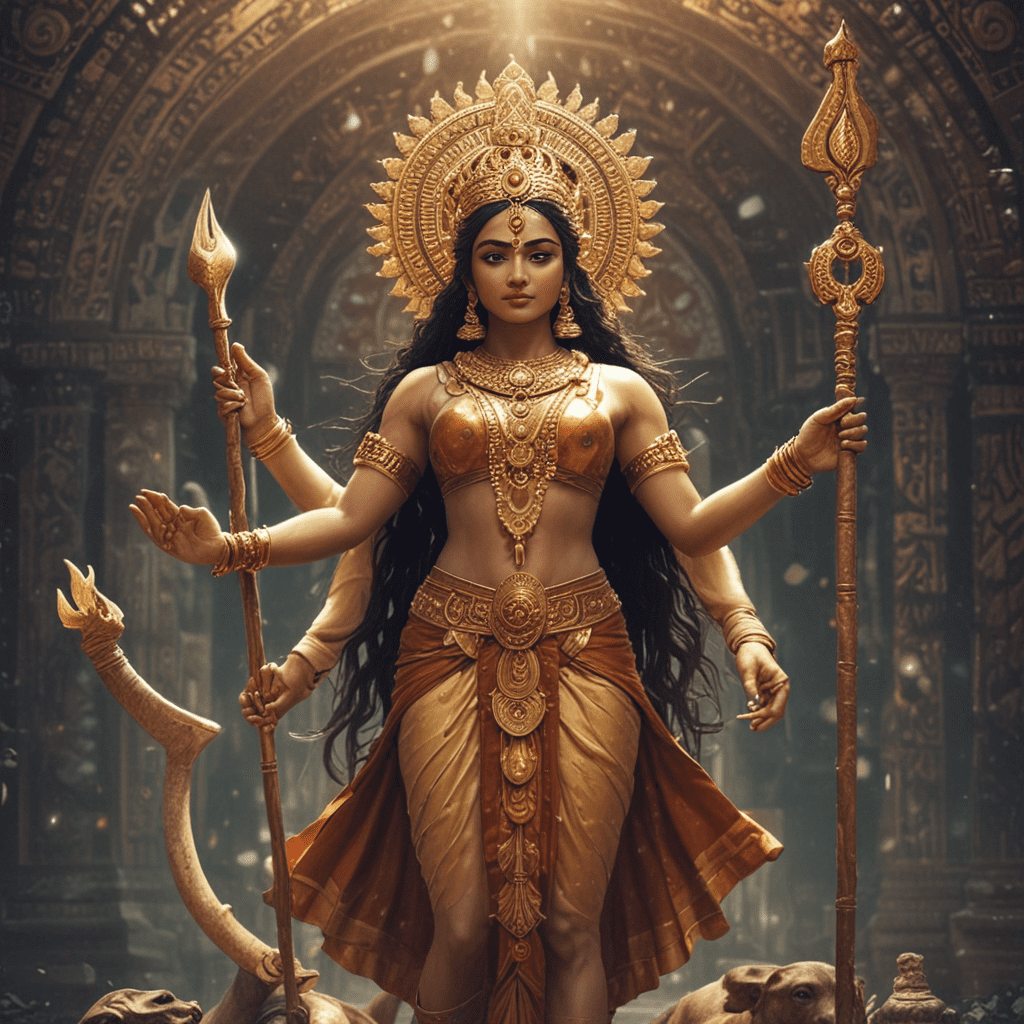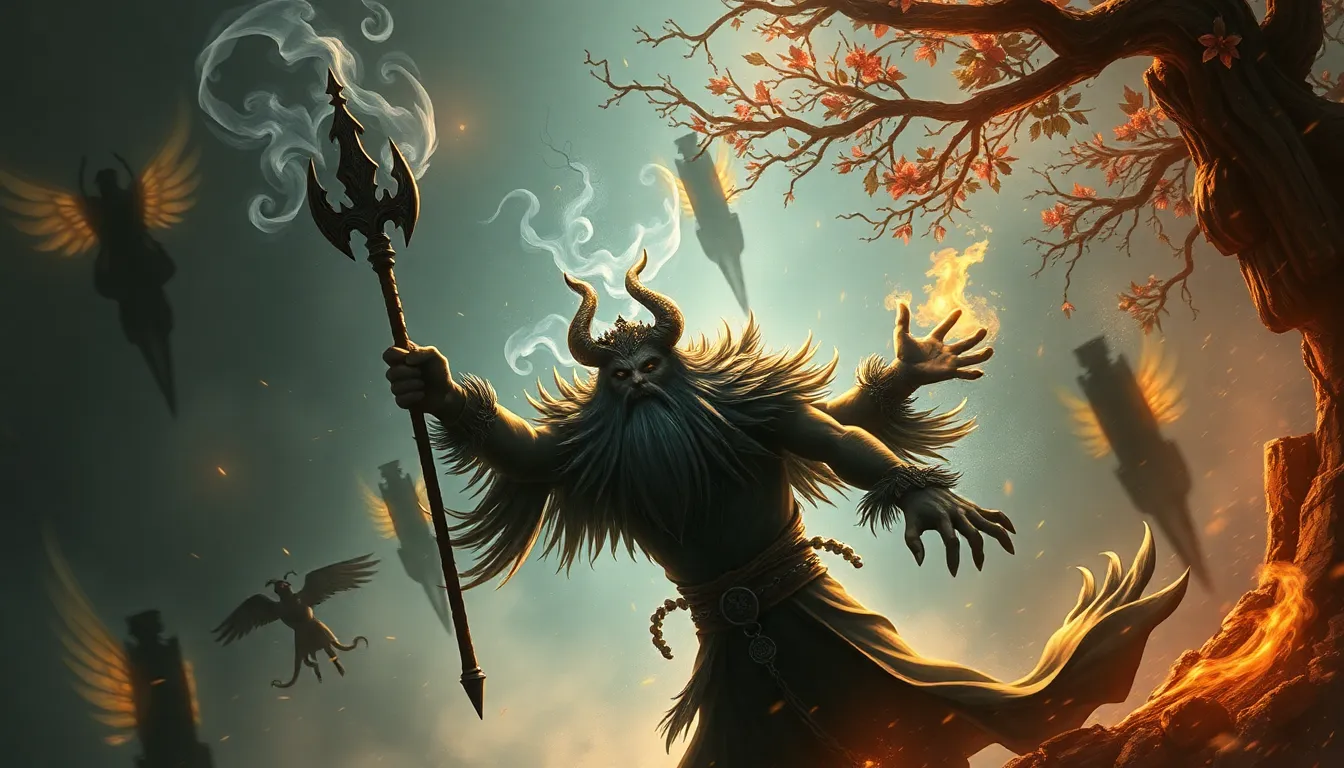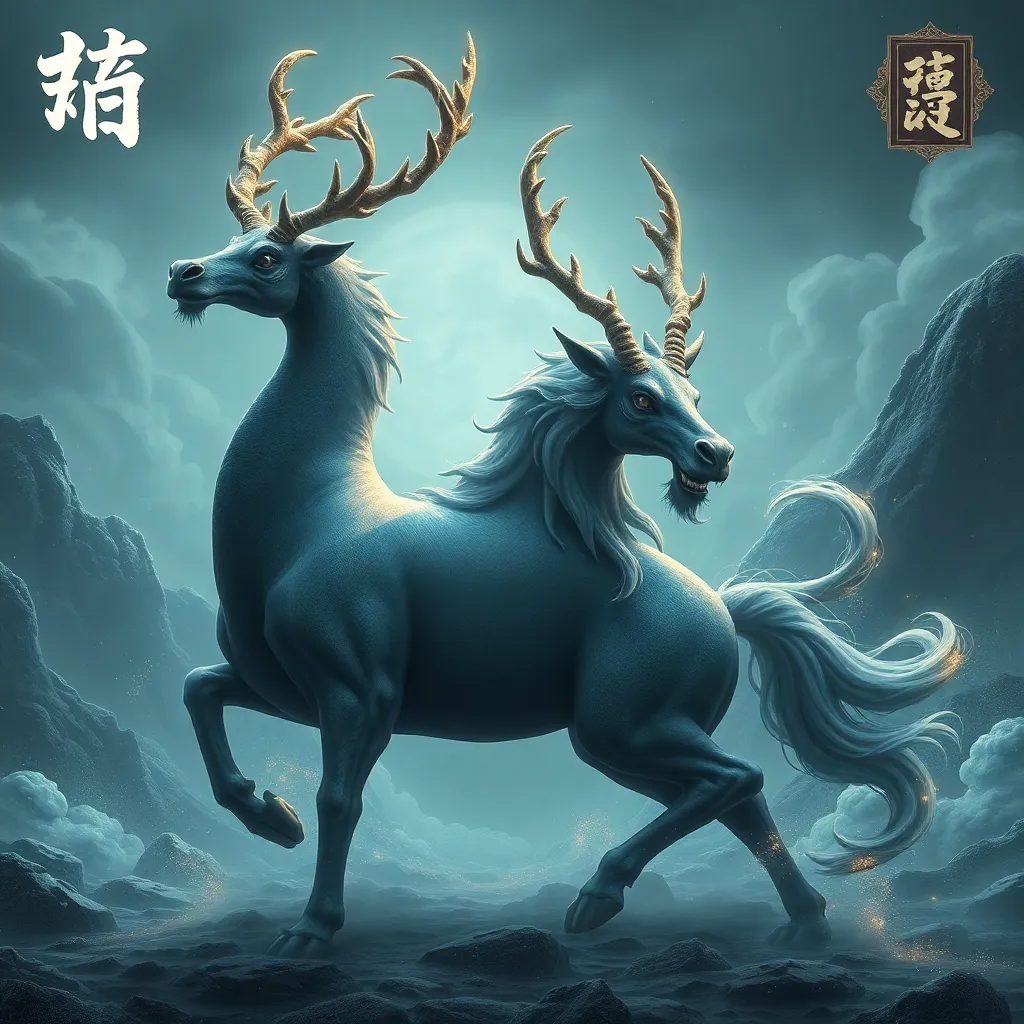The Significance of Sacred Symbols in Indian Mythology
Exploring the Sacred Symbolism in Indian Mythology
Indian mythology is replete with an intricate tapestry of sacred symbols that hold profound significance in shaping religious beliefs and cultural identity. These symbols transcend mere representation, embodying profound meanings that permeate every aspect of Indian mythology. They serve as gateways to understanding the enigmatic world of gods, goddesses, and divine beings.
The Role of Symbols in Belief Systems
Symbols play a crucial role in belief systems by providing tangible representations of abstract concepts and ideas. They allow for the expression of beliefs and values in a non-verbal form, enabling individuals to connect with the divine on a deeper level. Symbols serve as a bridge between the seen and unseen worlds, helping to bridge the gap between human understanding and the mysteries of the universe.
Symbolism in Ancient Indian Texts
The sacred texts of ancient India, such as the Vedas, Upanishads, and Puranas, abound with rich symbolism. These symbols find their roots in the earliest layers of Indian civilization and have been passed down through generations. They provide insights into the beliefs, rituals, and philosophies of ancient Indian society. By examining these texts, we can uncover the profound significance of these symbols and their enduring relevance in modern times.
The Trinity of Brahma, Vishnu, and Shiva
The triad of Brahma, Vishnu, and Shiva represents one of the most iconic symbols in Indian mythology. These three gods embody the cosmic functions of creation, preservation, and destruction, respectively. Their interplay symbolizes the cyclical nature of existence and the interconnectedness of all things. The symbolism of this trinity has influenced various aspects of Indian culture, from art and architecture to religious rituals.
Sacred Animals in Indian Mythology
Animals hold a sacred place in Indian mythology, often representing specific qualities or aspects of the divine. For instance, the cow is revered as a symbol of fertility and nourishment, while the tiger represents power and courage. The symbolism of sacred animals extends to various mythological narratives, where they serve as companions, mounts, or messengers for divine beings. Understanding these animal symbols provides valuable insights into the beliefs and practices of ancient Indian society.
Symbolic Representation of Natural Elements
In Indian mythology, natural elements such as water, fire, earth, air, and ether are imbued with profound symbolic meanings. Water represents purity, life, and fertility, while fire embodies energy, transformation, and destruction. Earth symbolizes stability, grounding, and nourishment, while air stands for the intellect, communication, and the breath of life. Ether, the most subtle element, represents the boundless expanse of consciousness and the divine. The symbolism of natural elements provides a framework for understanding the interconnectedness of the universe and our place within it.
The Mandala as a Cosmic Symbol
The mandala is a geometric design that holds great significance in Indian mythology and art. It represents the cosmos, the universe, and the journey of the soul. The mandala is often depicted as a circle with various shapes and patterns within, symbolizing the cyclical nature of existence and the unity of all things. The act of creating a mandala is considered a form of meditation, allowing individuals to connect with the divine and experience inner peace.
The Significance of Colors in Indian Mythology
Colors play a vital role in Indian mythology, each hue representing a specific concept or quality. Red symbolizes power, passion, and fertility, while white represents purity, innocence, and wisdom. Blue denotes the sky, ocean, and infinity, while green represents nature, prosperity, and growth. Yellow signifies light, knowledge, and happiness, and orange represents fire, energy, and transformation. Understanding the symbolism of colors provides a deeper appreciation of the artistic representations of divine beings and mythological scenes.
The Impact of Sacred Symbols on Rituals and Practices
Sacred symbols are deeply intertwined with religious rituals and practices in India. They serve as focal points for worship, meditation, and spiritual connection. For instance, the Om symbol is revered as the sacred sound of the universe and is used in chanting and meditation. The lotus flower represents purity, beauty, and spiritual enlightenment and is often used in offerings and temple rituals. The conch shell symbolizes victory, power, and auspiciousness and is blown during religious ceremonies. Understanding the symbolism of these objects enhances our understanding of the cultural and spiritual practices of India.
Contemporary Relevance of Sacred Symbols
The sacred symbols of Indian mythology continue to hold significance in modern times, influencing art, architecture, literature, and popular culture. They serve as reminders of the ancient traditions and beliefs that have shaped Indian civilization. By exploring the symbolism embedded in Indian mythology, we gain valuable insights into the human experience, the nature of the divine, and the interconnectedness of all things. Preserving and celebrating these symbols ensures that the wisdom and spiritual teachings of ancient India remain relevant and meaningful for generations to come.
FAQ
- What is the significance of the lotus flower in Indian mythology?
- How are animals represented in Indian mythological narratives?
- Explain the symbolism of the Om symbol.
- What is the role of sacred symbols in religious rituals in India?
- How do sacred symbols influence contemporary Indian culture?



